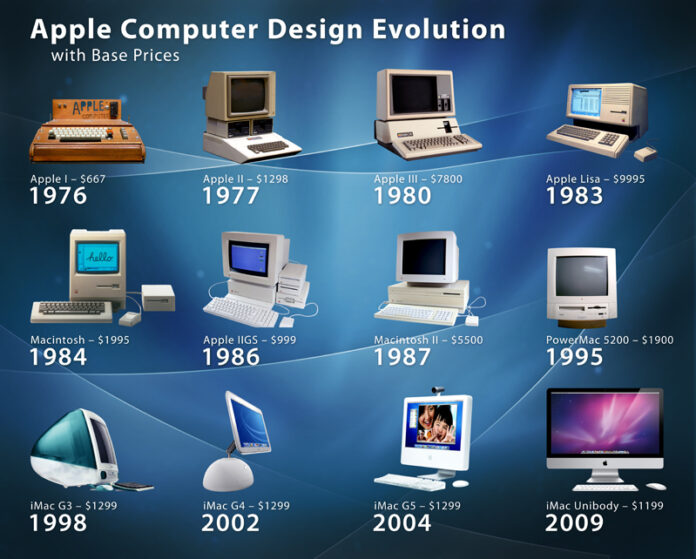It is undeniable that one of the most useful and powerful inventions of the modern era is the computer. It has completely changed the way we live, work, and communicate with one another. But how did this incredible machine come to be? In this article, we will take a brief look at the history of the computer and how it has evolved over the years.
The History of the Computer
It could be said that the history of the computer begins with the history of calculation. One of the earliest known devices for calculation is the abacus, which was used in China as far back as 1600 BC. The abacus is a frame with beads that can be moved around to add or subtract numbers. visit visa in lahore
While the abacus was a major step forward in the calculation, it was still a very time-consuming and tedious process. In the early 1800s, two mathematicians independently invented machines that could perform calculations more quickly. Charles Babbage designed a machine called the Difference Engine, while Georg Scheutz built a similar machine called the Analytical Engine.
These early computers were large, expensive, and difficult to use. They were also only used for mathematical calculations. In 1876, an engineer named Charles Minot modified Babbage’s design to create a machine that could print tables of numbers. This was a major breakthrough, as it meant that computers could be used for tasks other than calculation.
The first commercial computers were created in the early 1900s. They were called tabulating machines and were used to store and process large amounts of data. In 1937, John Atanasoff and Clifford Berry developed the first electronic computer, which was called the Atanasoff-Berry Computer (ABC). However, this machine was not actually built until 1973.
In 1941, Konrad Zuse designed and built the first programmable computer. The Z3 was a machine that could be programmed to perform any calculation that could be done by hand.
The modern era of computing began in the late 1940s with the development of semiconductor devices. These devices, such as transistors, allowed for smaller and faster computers. In 1953, IBM released the first commercial computer that used transistors, the IBM 701.
The 1960s saw the development of integrated circuits, which are tiny devices that contain a large number of transistors. These were used in military applications at first but soon found their way into commercial computers. In 1964, IBM released the System/360, a family of computers that used integrated circuits.
The 1970s saw the development of microprocessors, which are tiny computers that can be embedded into larger devices. In 1971, Intel released the first microprocessor, the Intel 4004. This was followed by the release of the 8086 in 1978, which was used in the first personal computers.
The 1980s saw the development of home computers and the rise of the personal computer. In 1981, IBM released the first personal computer, the IBM PC. This was followed by the release of the Apple Macintosh in 1984.
The 1990s saw the development of internet-based applications and the rise of the World Wide Web. In 1993, the first web browser, Mosaic, was released. In 1995, Microsoft released the first version of its Windows operating system.
The 2000s saw the development of mobile devices such as smartphones and tablets. In 2007, Apple released the iPhone, which revolutionized the smartphone market. In 2010, Apple released the iPad, which revolutionized the tablet market.
The 2010s have seen the development of artificial intelligence and virtual reality. In 2011, IBM released the first cognitive computer, the Watson. In 2016, Facebook released Oculus Rift, the first commercially available virtual reality headset.
So, how has the computer evolved over the years?
It is evident that computers have come a long way since their early beginnings in the 1800s. From big and bulky machines that could only perform mathematical calculations, to small and powerful devices that can be used for a variety of tasks, computers have undergone a dramatic transformation.
Aside from their size, computers today are also more powerful and faster than ever before. Thanks to advances in technology, they are now able to perform a wide range of tasks that were once impossible. From playing video games to browsing the internet, there is no limit to what computers can do.
What started out as a simple machine for calculation has evolved into a complex and powerful tool that has changed the way we live and work. The computer is truly an amazing invention, and its evolution is sure to continue in the years to come. Who knows what the future holds for this amazing machine? Only time will tell!











